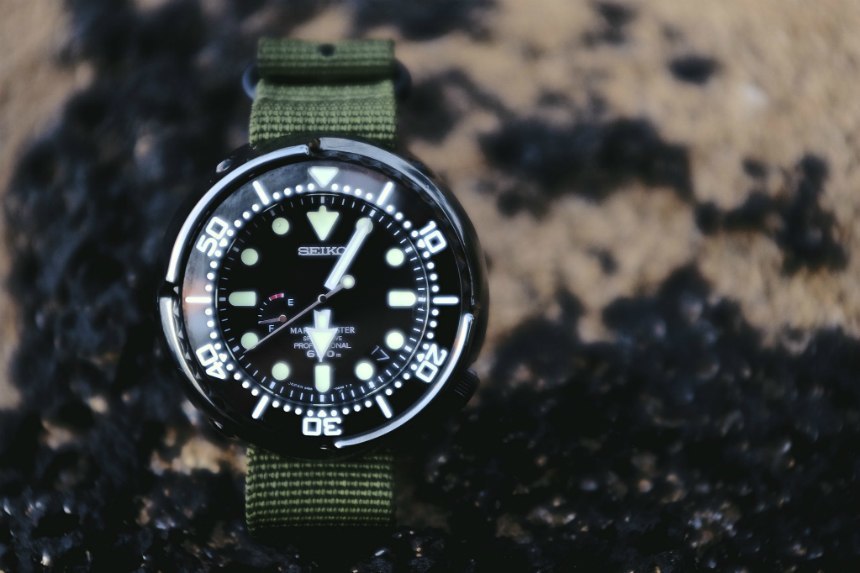 The following watch review was produced for aBlogtoWatch by contributor Zach Pina who you can check out on Instagram here.
The following watch review was produced for aBlogtoWatch by contributor Zach Pina who you can check out on Instagram here.
Seiko dive watches are known as being some of the best, most reliable divers out there, and it is for due cause. The SKX line (commonly known as the “monster”) and the watch I’m reviewing today – the Seiko Marinemaster SBDB009 “Spring Drive Tuna” are a couple of the most well-known dive watches out there, period.
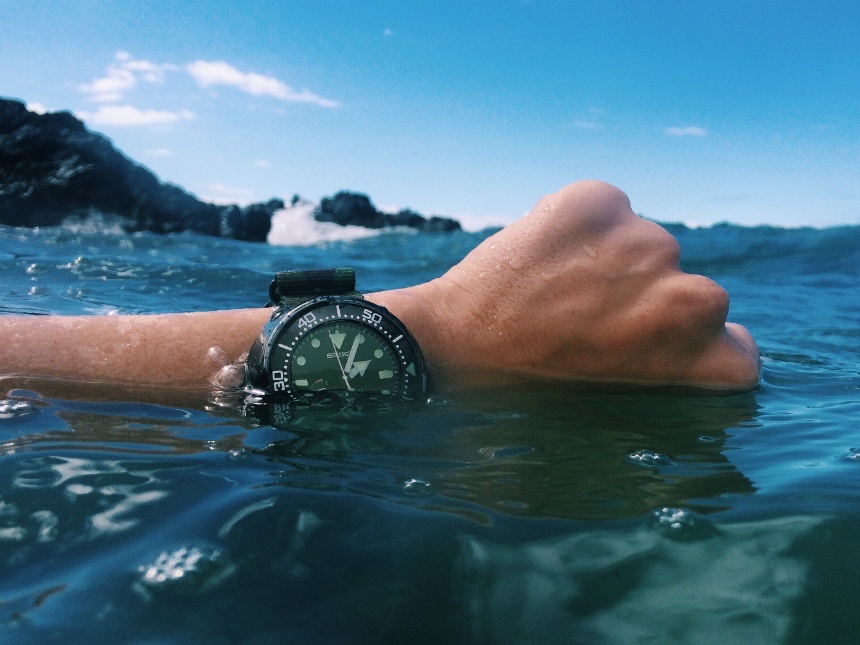
To put 600 meters into perspective, consider the recreational limit for scuba diving — a veritable “kiddie pool” at a paltry 30 meters. Then consider Ahmed Gabr’s world record scuba dive to 332 meters in 2014, marking the deepest a man has ever been with tanks strapped to his back. All depths considered, the 600 meter water resistance of the 6159-7010 (better known as Seiko’s “godfather” Tuna) is pretty damned deep, far beyond the depths where humans were ever intended to go without the assistance of submersibles. Nowadays, we have “deep diver” watches that go a whole hell of a lot deeper, but building a professional-grade dive watch that could survive that kind of pressure in 1975 was a pretty incredible feat of engineering. (That’s probably why it took Seiko a full decade to introduce the Tuna, after breaking into the dive watch market in 1965 with the legendary 6217 150m diver.)
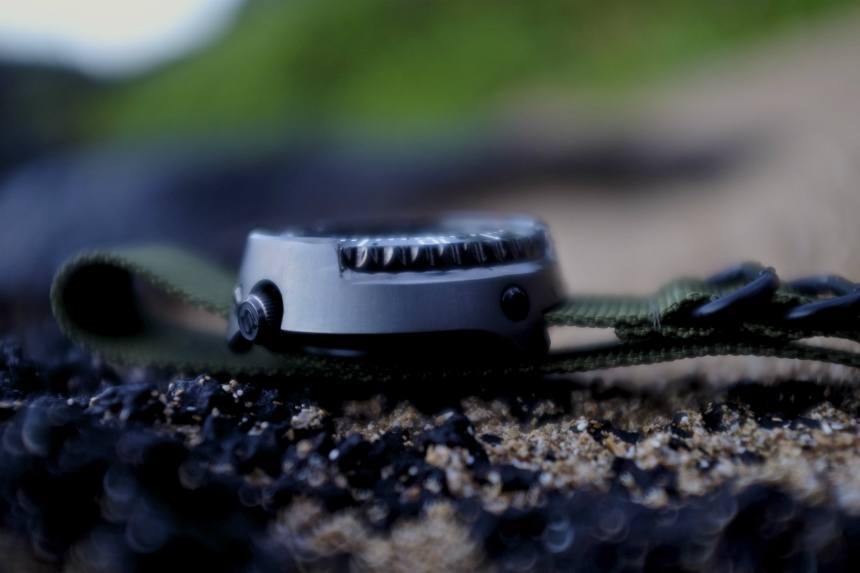
Based on direct feedback from professional divers, it’s the uniqueness of that engineering which drives the quirky design language of the Tuna; namely its distinctive, can-shaped shroud, designed to repel side impacts and protect the watch’s case, crown, and bezel at crushing depths, and inherently lending the watch its nickname.
So, in keeping with the traditions of the godfather, we have the fully realized Seiko Marinemaster SBDB009 (aka: the “Spring Drive Tuna”); a 600m titanium dive watch at the apex of four decades of dive watch tradition. Granted, it shares the same depth maximum as other “mainstream” luxury divers like the Planet Ocean from Omega. However, what sets the Tuna apart is a healthy dose of classic Japanese tinkering and innovation, and a ballsy experiment conducted earlier this year when Seiko strapped two of its Tuna models (the automatic SBDX011 and the quartz-powered SBBN013, respectively) to the exterior of a special submersible for a joyride off the Asian continental shelf (see above video).
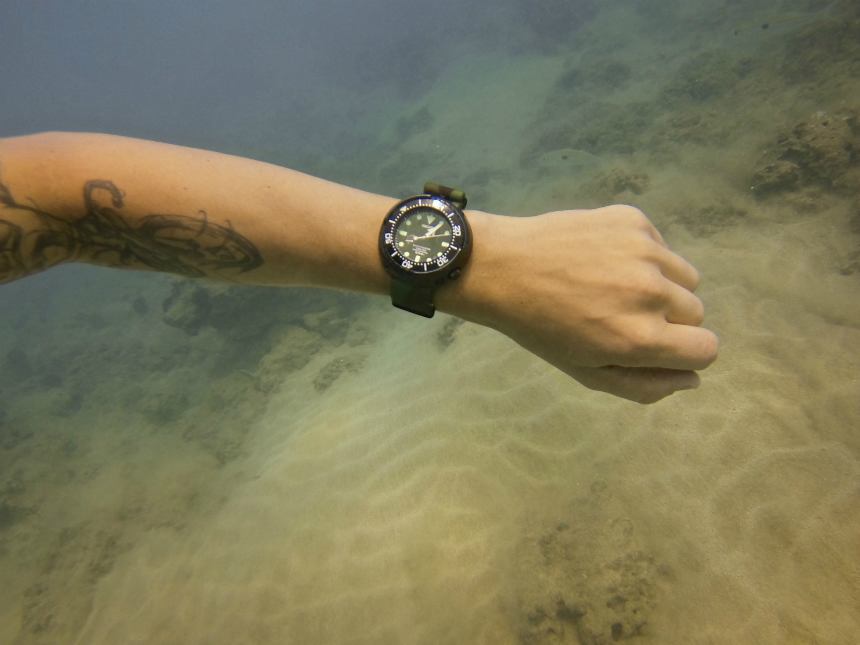
The purpose? Dive until they stopped working. And “stop working” they both did — the quartz at 3,000 meters (nearly 10,000 feet) and the automatic at a staggering 4299 meters — four times beyond the watch’s claimed depth rating. The aim was not to measure failure, but to inspire confidence that the engineering in Seiko’s Prospex series is capable of feats well beyond what’s advertised on the dial.
Largely unchanged in spirit from its grandfather 6159, the ultra-modern Seiko Marinemaster SBDB009 Spring Drive Tuna rules the roost across some 40 years of Seiko’s shrouded Tuna editions. [For those wondering, the recently released SBDB013 North America edition is identical to the 009 being reviewed, save for the model number and the “X” etched in the crown, delineating its entry to the Prospex collection.]
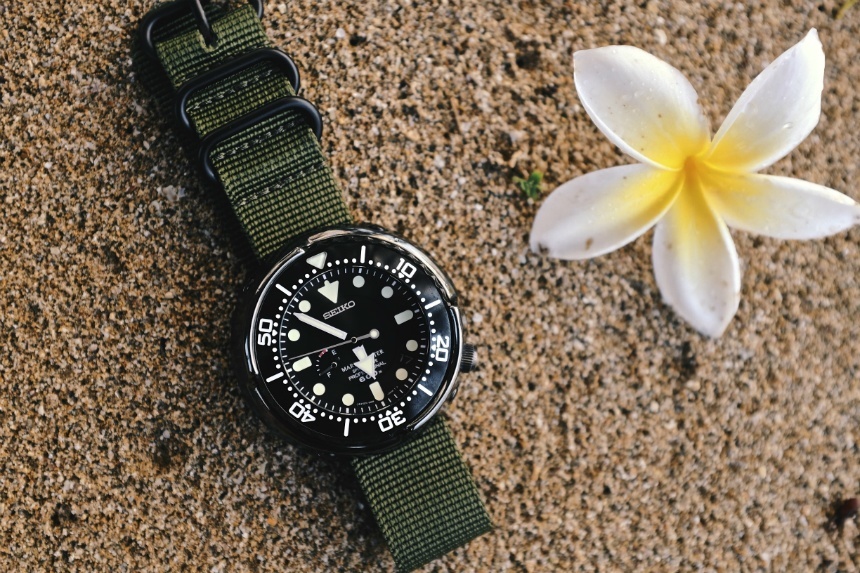
And while this Tuna doesn’t carry the deepest depth rating — that honor belongs to the 1000 meter options like the quartz-powered SBBN013 – rest assured it’s still the cream of the crop, featuring a “high intensity” titanium inner and outer case, anti-glare treated sapphire glass, Seiko’s spellbindingly smooth 5R65 Spring Drive movement, and a few other modern embellishments we’ll visit in a moment.
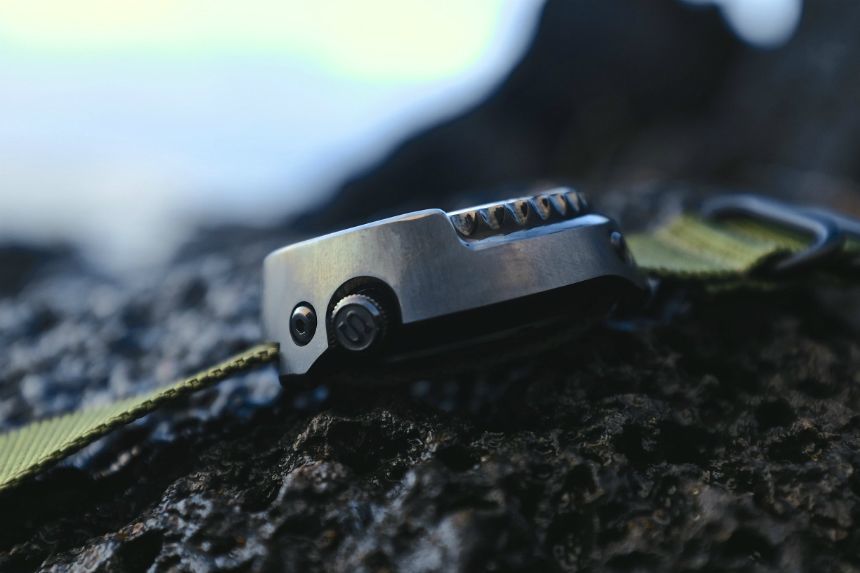
To fully appreciate the Tuna, one must look past its well-fed exterior and embrace it for adhering to the traditions of purpose-built utility. Yes, it’s ugly. But no detail here is superfluous, including the polarizing case shroud — a distinct engineering solution demanded by commercial divers in the late sixties. And when you examine the Tuna as the sum of its cleverly engineered parts, you’ll discover what makes the watch so damned endearing: its character.
But arguably, the best part of this particular Seiko Marinemaster SBDB009 Spring Drive Tuna comes from within — the 5R65 is mechanically identical to the 9R65, though it’s fitted to this watch without much of the ultra high-end hand finishing signature to everything that comes out of Grand Seiko’s Morioka studio (which is where this watch is built), and is accurate to within 15 seconds per month.
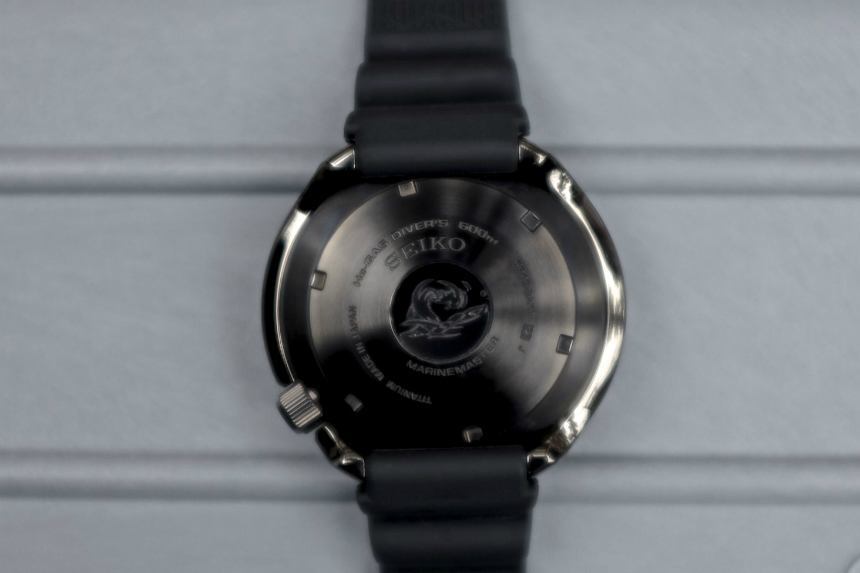
How? Well, think of Spring Drive as sort of a hybrid automatic movement, which takes the best of both quartz and mechanical movement worlds to achieve its insane accuracy, lengthy 72-hour power reserve, and that signature stutter-free sweeping seconds hand. Now, movement purists or retro grouches might want to tune out here, but Seiko accomplishes this by removing all the regulating elements from what would otherwise be in an automatic movement and replaces them with a single regulator, which takes kinetic energy drawn from the mainspring and turns it into electrical energy, which in turn keeps the quartz crystal continually charged. Think of it almost like a pedal-assist bicycle, jumping to life at the slightest movement and running smoothly for great lengths on end, though virtually indistinguishable from the outside.
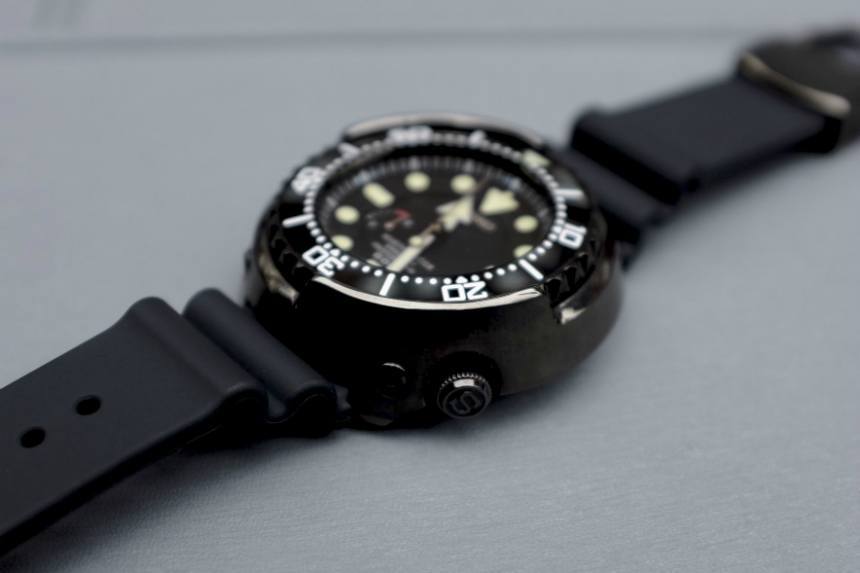
At first glance, everything about the Seiko Marinemaster SBDB009 Spring Drive Tuna appears pretty standard in the realm of dive watches. Matte-black dial, high-contrast circular luminous indices, broad arrow/sword handset, and a traditional 120-click diver’s bezel. But like any great Seiko, the sum of its parts is most often appreciated with a second (or third) glance, or under the scrutiny of a loupe.
Perhaps the three most impressive elements in the watch’s execution are all part of its finishing, starting with that inky, “Black Ion” DLC coating. Vertically brushed on the outer walls of the shroud, and polished to a mirror along the cutouts and topmost ridge, it’s astonishing to find this much contrast and texture in what is basically an entirely black watch. The bezel insert is also polished to a mirrored sheen, providing an additional layer of texture and contrast to top it all off. The Seiko Marinemaster SBDB009 Spring Drive Tuna is visually stunning — an exercise in very sharp, measured contrasts, which many will appreciate. Granted, it’s hardly menacing, but it’s a layer of finishing complexity that’s rarely seen in just the color black.

